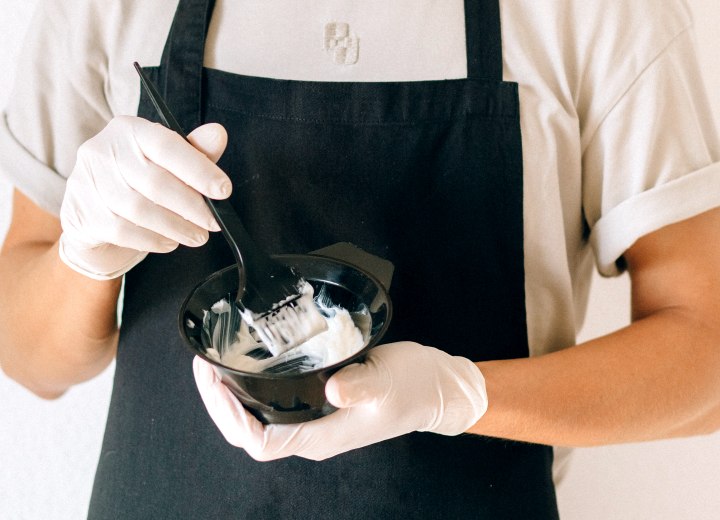Modern Hair Myths

So, let’s take a look at the most-common modern hair myths (and some older ones) and learn the truth behind them.
This is one of my biggest pet peeves with the hair care producers. At least once a month, I see a new commercial for a hair care product that promises to "heal damaged hair" or "repair damaged hair" or to make hair "healthy" again. The issue with this is that such claims aren't real.
The only way to get healthy hair is to grow it and take care of it properly while it grows. These products can make the hair APPEAR healthier, but the results are cosmetic. And most commercially marketed products only offer minor changes in the hair, which may or may not have cumulative effects over repeated uses.
It’s best if you think of your hair as a textile product. The hair fibers that you see sticking out of your scalp are not made of living tissue. They are long strands comprised of keratinized protein (think of silk strands). Looked at this way, would you expect a well-worn silk blouse or perhaps one that has been scorched by and iron or ripped and snagged to be made like new by a fabric softener or detergent? Perhaps the treatment of each isn't exactly the same, but the analogy is valid.

Modern Myth: "Overprocessing the Hair Color during a Makeover"
Most of us love a good makeover show. The everyday plain-Jane or overworked mom gets swept away by a team of do-good professionals and is given a hip, new look. And in nearly every episode of many of these shows, the "victim" is taken from the salon with her hair in foils or a color cap to go shopping for her new wardrobe. However, the host is concerned because they can't be gone too long or the hair color will "overprocess".
This makes for dramatic watching unless you know that hair color mixtures that deposit color (even if they lighten the base color) only have an active lifespan of about 30 minutes before they stop working. They only work because of the chemical reaction between the ingredients. It’s like mixing baking soda and vinegar in a bowl. It’s going to react and bubble up, but eventually the chemical reaction will use up all the components that react to one another and will stop fizzing.

The only time you run the risk of really "overprocessing" the color of the hair is in bleaching the hair to lighten it. And in a lightening process, you generally use heat to speed the lightening, and it has to be closely watched and monitored. You’d never let a client leave your salon with bleach on her hair. Most salons won't even let a client go to the restroom during a lightening process.
Continue reading ...
